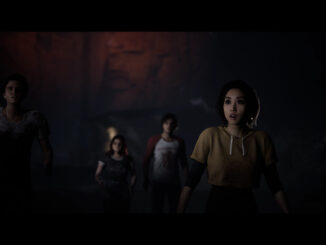Our review of Alan Wake II, developed by Remedy Entertainment. Available now for PS5, Xbox X/S, and Windows.
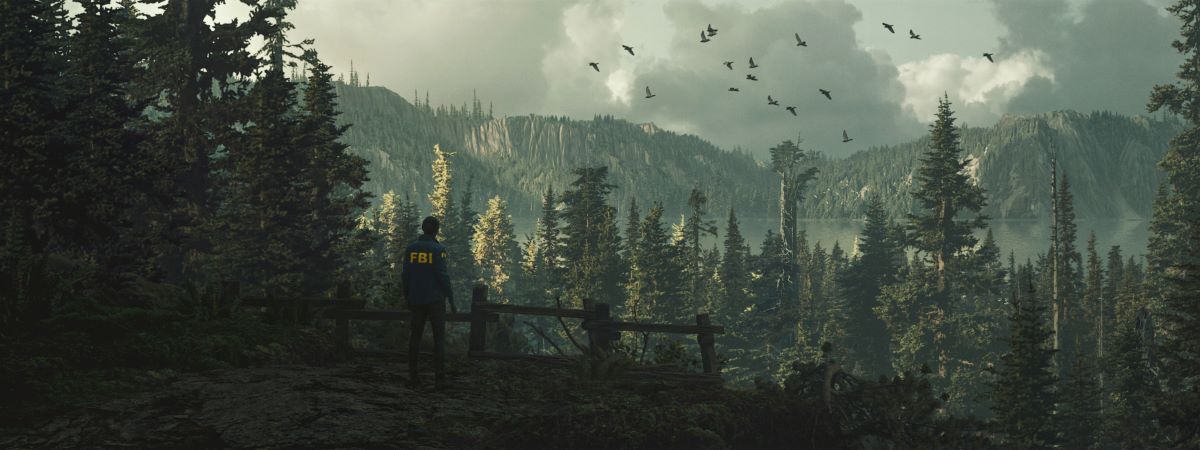
WHAT IS IT?
Vapourware made real.
IS IT GOOD?
Sometimes yes, sometimes no. Sometimes it’s scary, sometimes it’s dumb. Sometimes fun, sometimes plodding.
WHO SHOULD PLAY IT?
Stephen King and, oddly, Jared Leto.
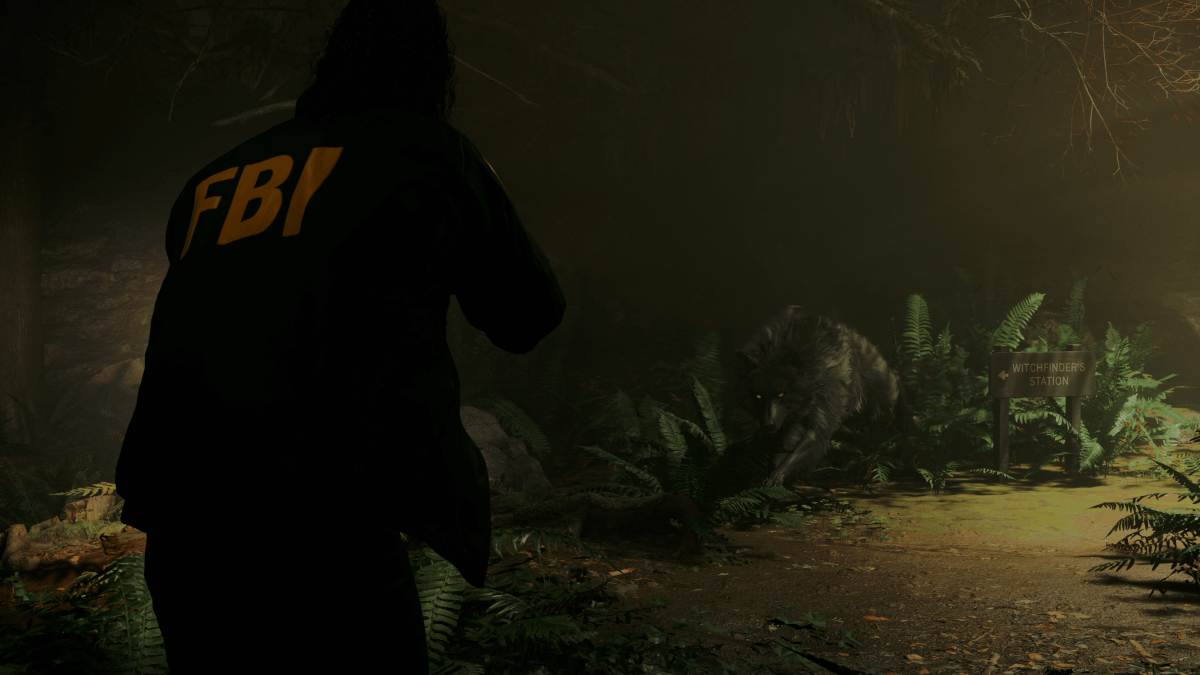
THE DEAD ZONE
The first Alan Wake was a mess. A jumble of half-formed ideas and lazy Stephen King references, the 2010 release from Remedy Games – then best-known for the bullet-time Max Payne franchise – had about all the appeal of a forgotten, unfinished Richard Bachman novella. Also, A.Wake (good lord what a name) had unforgivably invasive product placement. You’re best to avoid it altogether.
Arriving thirteen years later, A.Wake II (okay that’s the last time I’m doing that) is, in nearly every respect, an improvement. Having learned important lessons from games such as Quantum Break and Control, Remedy has delivered an entertaining, if still clumsy, survival-horror melodrama. It’s still, frankly, kind of dumb. But it’s dumb in an “oh good lord what the hell was that” kind of way.
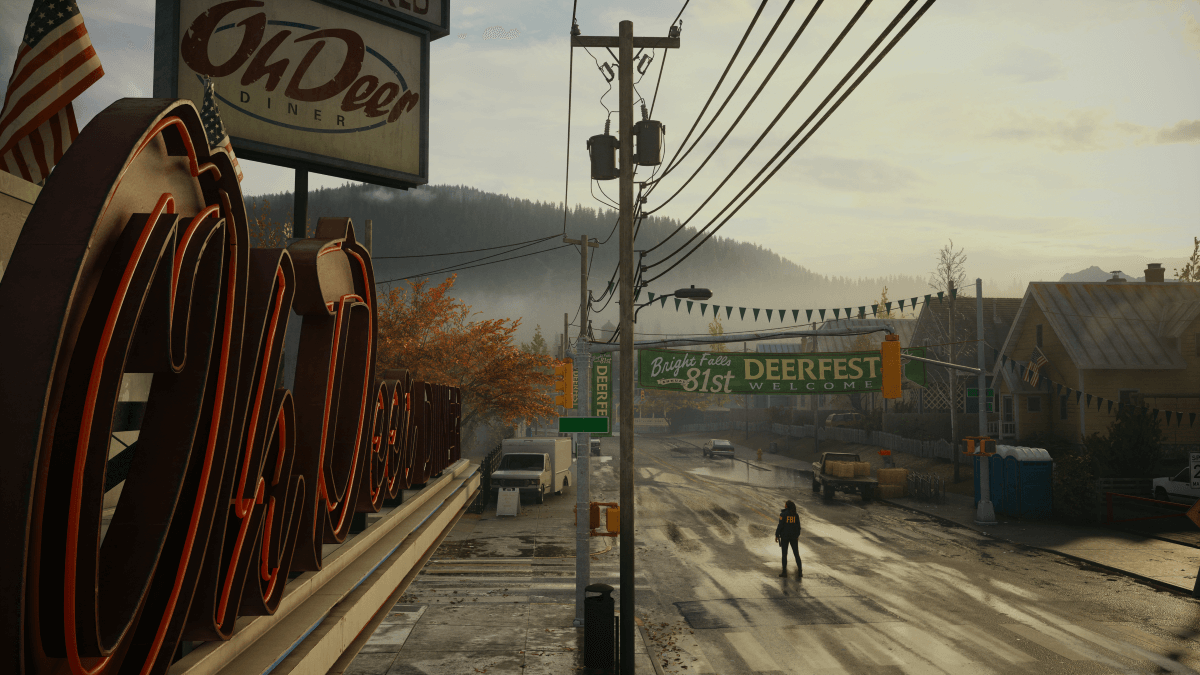
IT
AW II is a game about stories and storytelling, centering on two characters: FBI agent Saga Anderson and horror author Alan Wake, who has been missing for the last thirteen years. As a nod to the thirteen-year gap between games, Wake’s mysterious absence is a nice setup, introducing players first to the brand-new character of Saga – a name only slightly stupider than “A. Wake” – before reintroducing Alan, voiced by Matthew Porretta but modelled on Jared Leto look-alike Ilkka Villi. (For the first several hours, I was convinced it really was Leto, until Google disabused me of that notion.) Saga and her FBI partner Alex Casey have been deployed to the small town of Bright Falls, one of about a thousand Twin Peaks allusions (only a handful of which actually work), to investigate a brutal, ritualistic murder. Soon enough, Saga is coming across strange manuscript pages, which read an awful lot like events involving – or soon to involve – Saga, and which understandably spook the heck out of her.
Gameplay in Alan Wake II is… okay. The moderately novel idea of fending off ghosties with light sources (also present in my beloved Fatal Frame) turns the game into a series of races: to find more flashlight batteries, to avoid the spectral figures lumbering around, and to hunt down street lamps to hide under, since enemies can’t see in bright light. (It reminds me of, of all things, Peter Shaffer’s Black Comedy, a play in which light and dark are reversed, so the audience only sees the action when the lights are “out”.) Mostly, AW II plays like any of a dozen other third-person horror titles, where careful inventory management and light puzzle-solving are the order of the day. Unfortunately, however, AW II‘s enemies are more of an irritant than anything else – not particularly scary, fairly predictable, and serving only to slow your progress from point A to point B.
The acting in AW II is… not so okay. Poretta/Villi’s joint performance as the title character is probably the strongest of the bunch, but some frustrating choices – like the sloppy performance of voice actor James McCaffrey as Sean Casey (whose face/mo-cap is courtesy AW II director Sam Lake, who also lent his face to Max Payne) – lead to less-than-stellar results. Probably the oddest performance is from British actress Melanie Liburd as Saga Anderson. Saga’s bewildering accent, the product of a Finnish company hiring a British voice actor to play an American character, seems to fluctuate every other word, serving as a constant distraction across the 15-hour experience.
There are some other gameplay failings, ones Remedy probably should have learned to address in the last thirteen years. Like, say, the incessant clipping and glitching whenever characters get too close to one another, which is often. Or the genuinely bewildering level design, where you spend half your time disoriented – not in the fun, “ooh this is scary” way, but in the “this game isn’t giving any clue where I’m supposed to go” way. AW II also has some of the worst soundtrack choices of all-time, a blight of discount emo and autotuned garbage that completely fails to match the atmosphere, and which is mercifully relegated to the interludes between chapters.
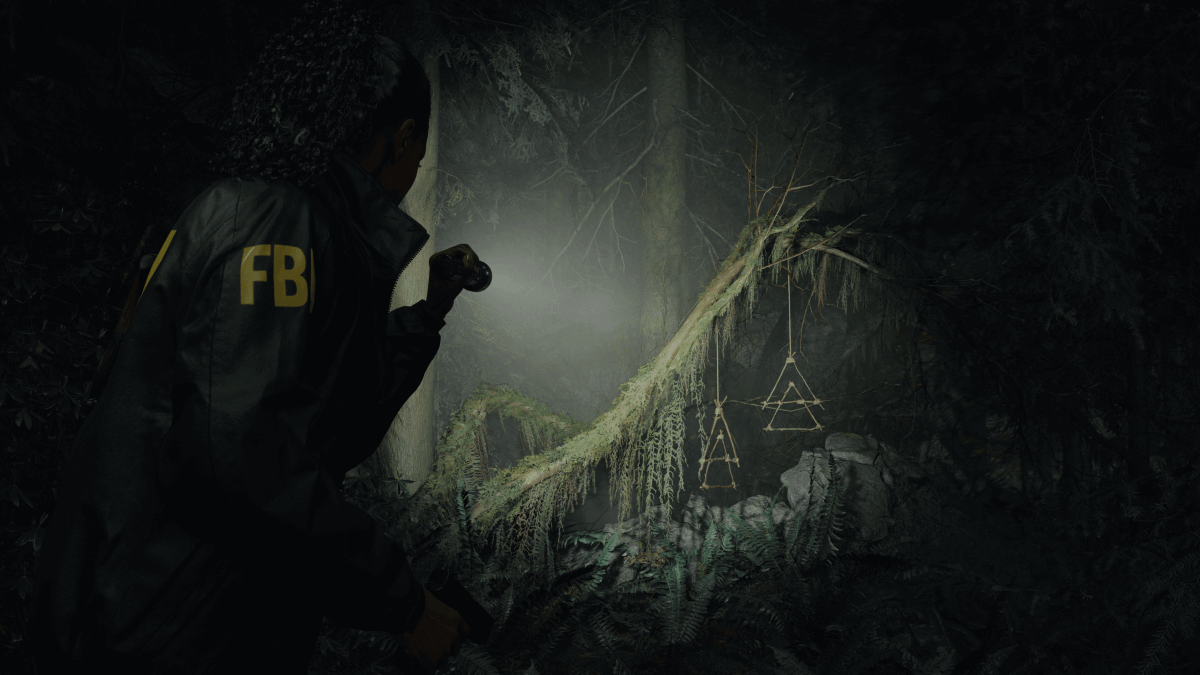
THE STAND
There are definitely aspects of Alan Wake II which work. As a meditation on authorial intent, it’s fantastic, doing that thing only video games can do, blending perspectives – and realities – in a disorienting but never alienating way. It’s not exactly scary, at least not in the traditional sense, but it has atmosphere in spades. In particular, Alan’s ability to “rewrite” his own story – physically reshaping the environment on the fly – is exceptionally well-handled, and something that simply would not have been possible on the last generation of game consoles.
Its central mysteries are also intriguing. While it never quite lands on the balance between real and surreal that Twin Peaks perfected, there’s enough here to make players want to see the story through. It is also, however, hard M-for-Mature. Anyone with prudish roommates should think twice before booting this up while others are around.
That said, the combat is at best decent and at worst oppressive, cheating the player by deliberately withholding ammunition and checkpoints in order to inflate difficulty. That’s particularly so for boss fights, which abandon all semblance of spookiness and force players into painfully long combat sequences, where the only real challenge is how many times you need to reload. Like BioShock before it, this would have been better without bosses.
AW II‘s other gameplay element, all that detective stuff, is interesting but does not quite live up to its potential. At any given moment, Saga can pause and enter the “Mind Place”, a virtual representation of the mind palace memory technique. While there, she can walk around, look at clues, review the map, and update one of those stereotypical pins-and-thread conspiracy boards. She can also – and this part is so dumb it irritates me – profile her suspects, which consists of her making ridiculous “deductive” leaps based on zero evidence, only to be proven one hundred per cent correct every time.
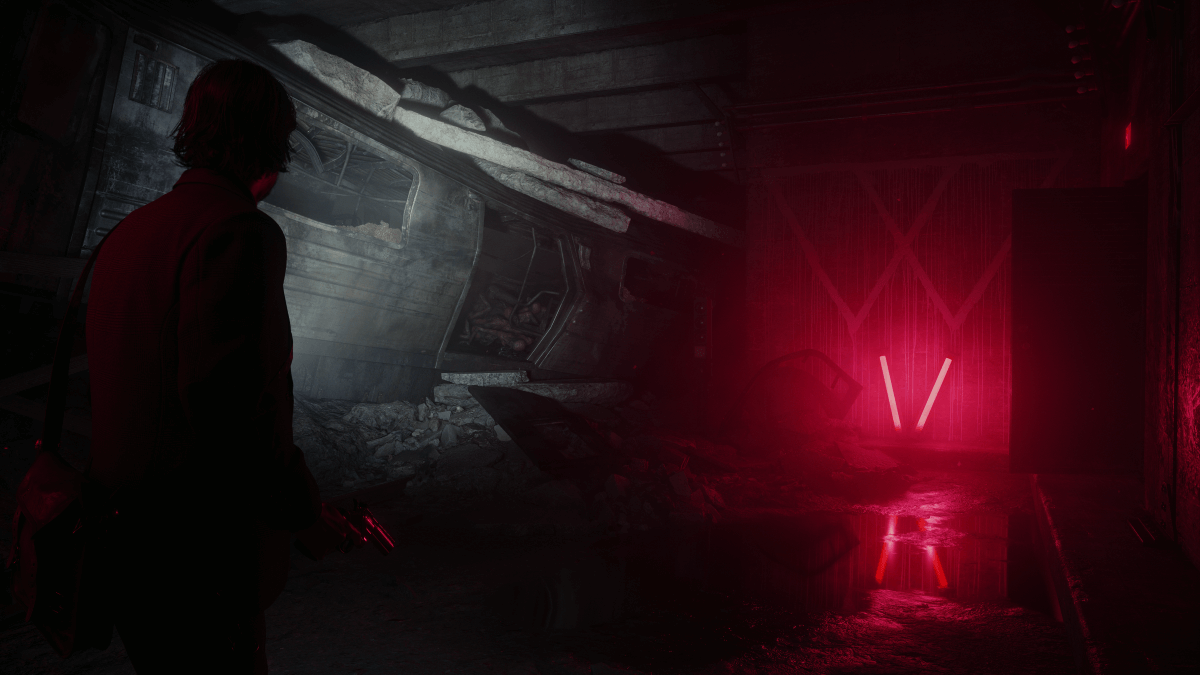
MISERY
Looking back on my time with AW II, it’s tempting to say it’s greater than the sum of its parts. Moment to moment, a lot of AW II is poorly designed, glitchy, or otherwise annoying. At the same time, the overarching story is just fascinating enough to keep players invested, and the scarier stuff is just scary enough to whet your Halloween season appetite. (It landed on October 27, 2023.)
In many respects, AW II reminds me of the wonderful, bizarre, deliberately janky Deadly Premonition, a comparison I expect Remedy would welcome. Deadly Premonition is, by a long margin, the Twin Peaks of video games: alternately kitschy and horrifying, hilarious and bleak, it tells a similar tale of small-town murders, coffee-loving FBI agents, strange, mystical occurrences and, even more so than Alan Wake II, is so poorly programmed that its awful gameplay swings all the way around from infuriating to an integral part of the experience. You can buy Deadly Premonition right now for $4.00, and it’s worth every penny. Alan Wake II – bigger, more beautiful, more sophisticated, and doing some incredible things with the graphical powerhouse that is the PS5 – is $80.00. It’s worth every penny too, but it’s a lot more pennies.
***
Final score: 8/10 generic off-brand flashlight batteries.
Visit the official website for Alan Wake II here.

